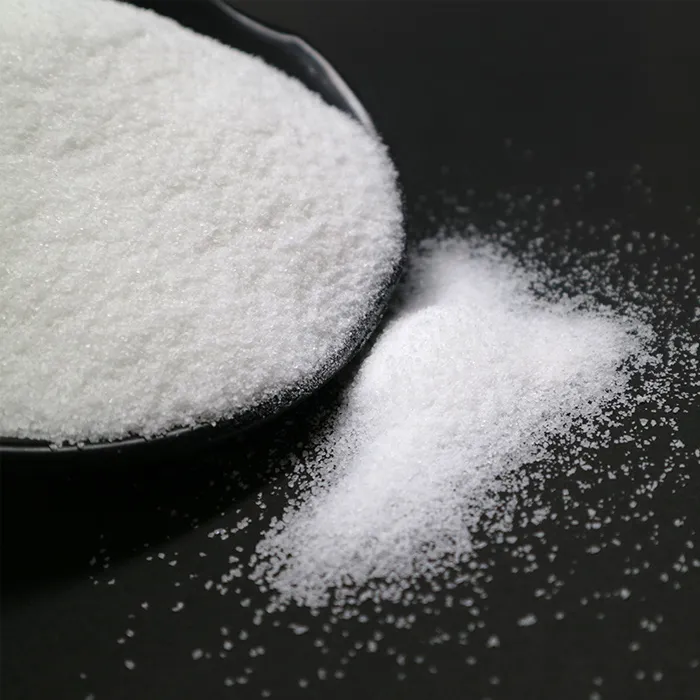Pharmaceuticals Intermediates The Backbone of Drug Development
Pharmaceuticals intermediates are essential compounds that serve as precursors in the synthesis of active pharmaceutical ingredients (APIs). They are integral to the drug development process, bridging the gap between raw materials and finalized medications. Understanding their role is crucial for professionals in the pharmaceutical industry, as the quality of intermediates directly affects the efficacy, safety, and cost-effectiveness of the final drug products.
The Importance of Intermediates
In the complex world of pharmaceuticals, intermediates are often the unsung heroes. They are typically produced through a series of chemical reactions, often requiring meticulous planning and execution. These substances can include a range of chemical structures, such as amines, carboxylic acids, and heterocycles, which play critical roles in the molecular frameworks of therapeutic compounds.
The production of pharmaceuticals involves several stages discovery, development, and commercialization. During the development phase, intermediates are crucial as they facilitate the optimization of synthesis routes, scale-up processes, and follow regulatory compliance. Each step in the synthesis must ensure the purity and consistency of intermediates to meet the high standards mandated by regulatory authorities like the FDA and EMA.
Synthesis and Quality Control
The synthesis of pharmaceutical intermediates often employs various organic and inorganic reactions, including condensation, oxidation, and reduction. These processes must be fine-tuned to yield high-purity products conducive for the next stages of drug development. Quality control is paramount; intermediates must undergo rigorous testing for impurities, structural integrity, and stability. Advanced analytical techniques such as gas chromatography (GC), high-performance liquid chromatography (HPLC), and mass spectrometry (MS) are commonly used to ascertain quality.
Moreover, the choice of synthetic routes can heavily influence the overall cost and sustainability of drug production. Green chemistry principles are increasingly being adopted to minimize waste, reduce energy consumption, and utilize renewable resources. This shift not only boosts the efficiency of intermediate production but also aligns with global efforts to make pharmaceutical manufacturing more environmentally friendly.
pharmaceuticals intermediates

Regulatory Landscape
Navigating the regulatory landscape is a critical aspect of working with pharmaceutical intermediates. Given their importance in the medicinal chemistry domain, regulatory agencies impose strict guidelines to ensure their safety and efficacy. Companies involved in developing intermediates must maintain comprehensive documentation demonstrating their synthetic routes, batch consistency, and quality control measures.
The approval process for intermediates can be complex, often requiring detailed data packages that outline the production process, including risk assessments and analytical methodologies. Regulatory compliance is not just a checkbox; it embodies a commitment to patient safety and drug effectiveness.
Future Trends
As the pharmaceutical industry evolves, so does the role of intermediates. Innovations in biotechnology and synthetic biology are paving new avenues for the development of intermediates. These technologies promise to create more efficient and cost-effective synthesis pathways, potentially reducing the time taken to bring a drug to market.
Furthermore, the growing trend towards personalized medicine demands a more diverse range of pharmaceutical intermediates tailored to specific patient needs. This shift necessitates a more agile production approach, making flexibility and innovation key components of future manufacturing strategies.
Conclusion
Pharmaceuticals intermediates are critical to the lifecycle of drug development. Their influence extends beyond mere production; they embody the innovation, regulatory adherence, and quality assurance that forge safe and effective medications. As the sector evolves, the ongoing enhancement of synthesis techniques, adherence to quality control standards, and alignment with regulatory frameworks will ensure that the pharmaceutical industry continues to meet the health needs of a global population. Understanding and optimizing the role of intermediates will be essential in navigating the complexities of modern drug development.

